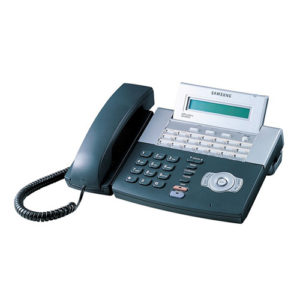VoIP Phones – In a Nutshell
Voice over Internet Protocol (VoIP) technology has slowly gained popularity in all business sectors making it the most preferred telephone system in quite a number of businesses. A lot of big corporations as well as small ones are ripping the benefits of VoIP phones. There are quite a number of these phones in the market and therefore if your company has given you the task to purchase one, you need to know what factors to consider ensuring that you get the best.
Overview
Many telephone manufacturers have currently shifted their focus to manufacturing of VoIP phones as opposed to the earlier telephony systems. Apart from the cost, which is probably one of the key factors businesses consider when planning to purchase anything, purchase of VoIP phones also needs you to consider the number of telephones that your organization needs. The size of your office will also act as a guide to knowing how many extensions are required. Different VoIP phones come with different features. You need to know which features will benefit your organization most.
Types
If as an organization you decide that VoIP is your choice, then you should know that there are a variety of phones out there that use this network. The first type is the wireless phones. In this era where everyone is used to cell phones, office phones with wires attached to them seem limiting. Luckily, we have wireless office phones that have a built in WIFI or sometimes DECK transmitter connecting to the access point thus giving you the freedom to move around as you make your call as though you were using your cell phone.
Secondly, another type of phone that uses the VoIP technology is the soft phone. This basically involves installing software into a computer that gives it the capability to make voice calls. This type of phone is very cheap to acquire, install and run and is the preferred choice of many remote workers.
There is yet a third type of VoIP telephone that is known as conferencing. These functions exactly the same as the analogue telephone only that in IP, the phone can be used to transit calls to multiple participants in a conference facility or within a large business.
Features
All these types have some common features such as ability to transfer a call as well as to hold one. They all also show the caller ID. With these phones, call screening is possible. You don’t have to continue conversing with someone you don’t know. Just transfer the person to voice mail and if you think you can converse with that person, just continue with the call. Another exciting feature that modern VoIP phones have is the ability to record calls. Quite a numbers of IP phones have the capability of receiving fax through a system called PBX hosted therein. These faxes can then be sent to user through email. This will always come as a PDF file attachment. IP Telephony also allows call queuing whereby calls are allowed to wait for an available agent. This works perfectly especially in call centers.



 Sultan
Sultan






